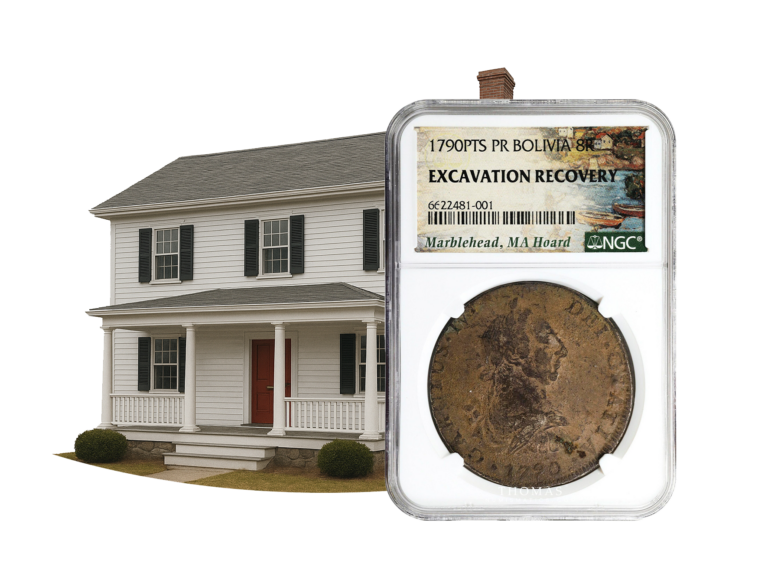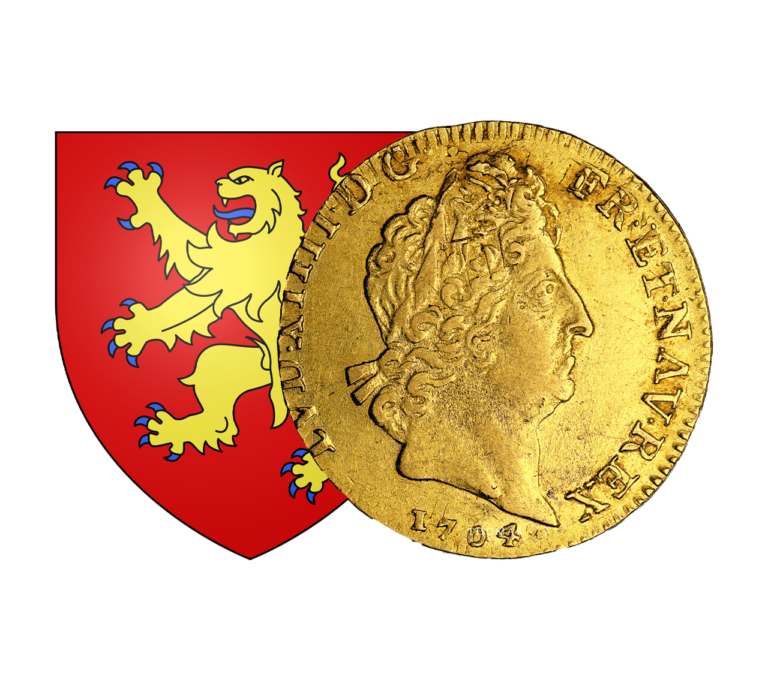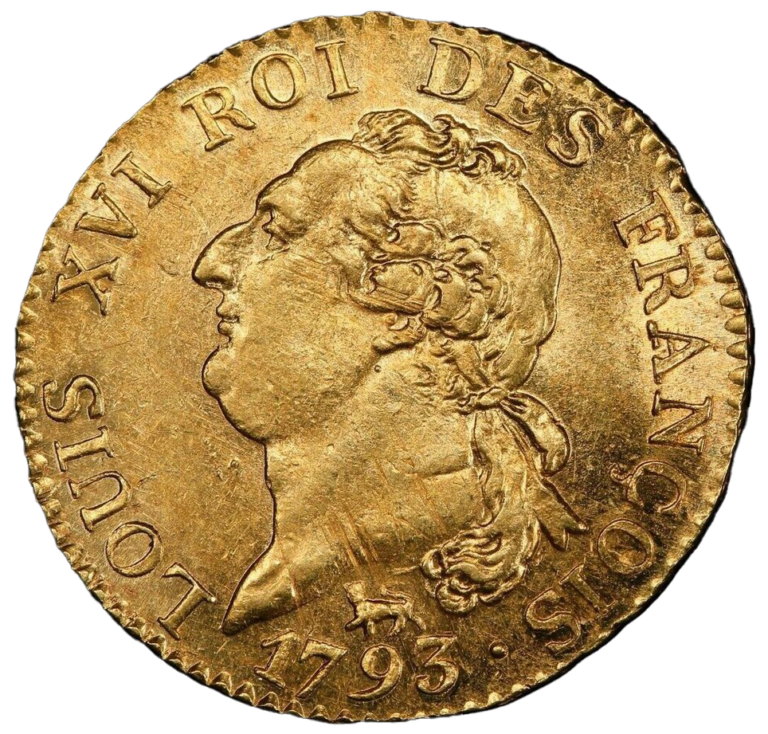
Discover all the news and articles from TNUMIS Magazine exclusively
Top 7 of the rarest coins in the world
For hundreds of years, different monetary systems have existed around the world. Numismatics enthusiasts are delighted to find so many treasures in all corners of the globe. What are the most incredible and expensive coins ? Here are the top 7 of the rarest and most valuable coins in the world.
1. One Flowing Hair dollar, silver, 1794
This Green-Contursi-Cardinal specimen was sold at auction by Stack’s Bowers Galleries on January 24, 2013 in New York City for $8.5 million. This is the world record for a single coin sale. How did the numismatic value of this dollar reach the very top? In reality, this coin is considered the first dollar issued by the U.S. federal government. The Bank of America was established in 1792 but,for the first two years, it minted copper trials and coins. Only in 1794 was the first silver dollar named Flowing Hair produced.
This copy never circulated and was kept for more than 200 years in its original condition, hence its spectacular quality. It weighs nearly 27 grams, is 2 mm thick and 35 mm in diameter. It is 89.2% silver and 10.8% copper. On the obverse is engraved a bust of liberty and on the reverse, an eagle.
Other specimens from 1794 are also sought after around the world by top numismatists. For example, the Flowing Hair Lord Oswald-Hayes-Pogue was also sold in New York, nearly $5 million, in 2014.
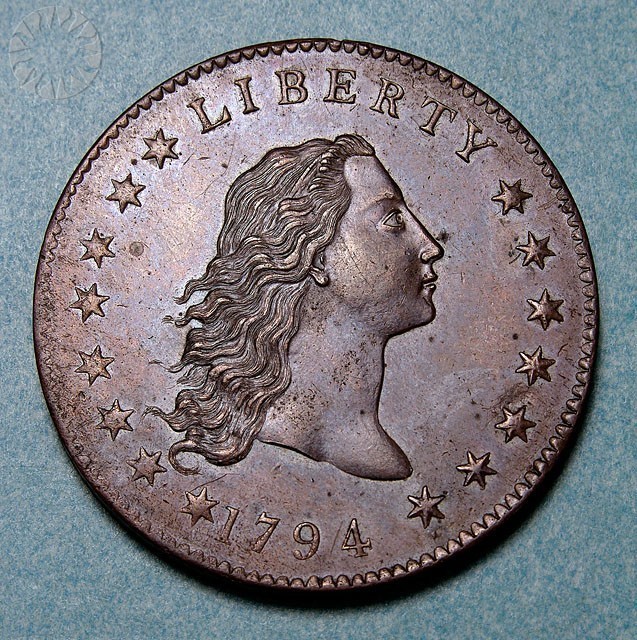
2. A gold Umayyad dinar, 723
This dinar was minted in Damascus in the year 723. The gold in this coin is believed to have come directly from a mine owned by the Caliph. Its sale, carried out by Blanchard and Company, brought in a little over 6 million dollars in 2011. This dinar is therefore among the rarest and most expensive coins in the world.
3. Gold Brasher Doubloon, 1787
In the 18th century, as outlined here, the central bank of the United States did not yet exist. Therefore, private entrepreneurs were creating the currencies. Ephraim Brasher was one of them and struck this doubloon in 1787 in New York. At the time, the currency that held the market was Spanish and this coin rivaled, without a doubt, the Lima doubloons.
Some numismatic experts, such as Henry Chapman and Q. David Bowers, consider this coin to be the most valuable in the world.
Seven examples of the Brasher Doubloon are known today. Six of them have the letters EB on their eagles. Only one has the silversmith’s initials on the chest. In December 2011, the latter was sold by Blanchard and Company, to a private collector, for 5,682,040 million. In March 2019, a Newlin-Davis specimen with the EB on the chest was sold for $5.5 million by Heritage Auctions.
4.Double Eagle Twenty Dollars, Gold, 1933
Gold twenty-dollar coins were minted in the United States from 1907 until 1933, the year that marked the end of gold coinage. 500,000 twenty-dollar coins were minted that year, just before President Roosevelt issued Executive Order 6102 on April 5. As part of the New Deal policy, the government required that privately held gold be turned over to it for melting. Some coins still managed to escape the melting process. One of them belonged to King Farouk of Egypt. On July 30, 2002, it was sold by Sotheby’s auction house for $7.5 million.
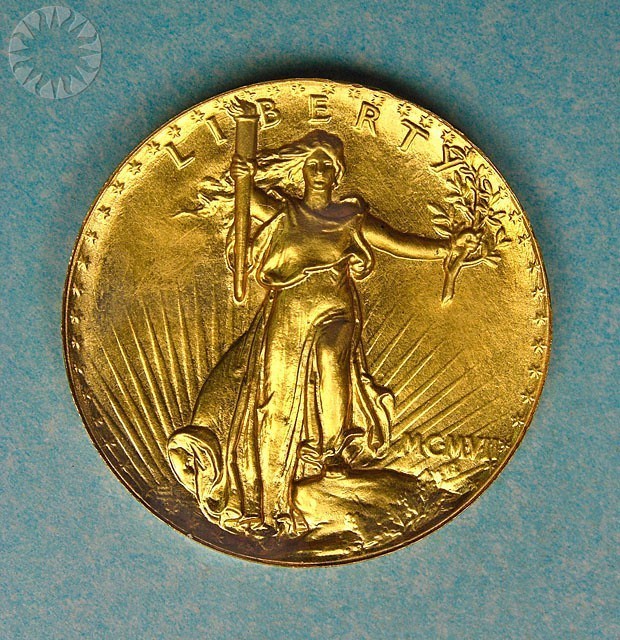
5. A silver dollar with draped bust, 1804
This coin has been dubbed “the king of American dollars” given its high authenticity. It is dated 1804, but was minted in 1834 (thirty years later). It was created as a diplomatic gift for certain sovereigns, because there were no silver dollars of that year. One coin, for example, was given to the King of Siam, the Sultan of Muscat, and the Emperors of Japan and Cochinchina.
Today, there are fifteen known specimens. The numismatic professionals have elaborated a classification according to their condition: class I (original), class II (first restrike) and class III (second restrike).
Here are some Class I specimens:
- Dexter-Pogue specimen. It is named after two men. It was the numismatist D. Brent Pogue who sold this coin at auction for $3,865,750 in 2017. The letter D is hallmarked in a cloud on the reverse of the coin. D for James V. Dexter, a collector who owned this coin for 14 years in the 19th century;
- Pogue held another 1804 silver dollar in his collection, named the Sultan of Muscat-Watters-Brand-Childs-Pogue. This is said to be the finest specimen known;
- the Mickley-Hawn-Queller specimen was sold by Heritage Auctions in 2013 for $3 877 500;
- a Watters-Childs dollar. This is the specimen that had belonged, among others, to the Sultan of Muscat. Rated Proof-68 by the Professional Coin Grading Service, this coin is considered one of the most exceptional and rare coins in the world. In 2016, Pogue put it up for auction. A bid of over $10 million was offered, but it did not reach the consignor’s reserve price.
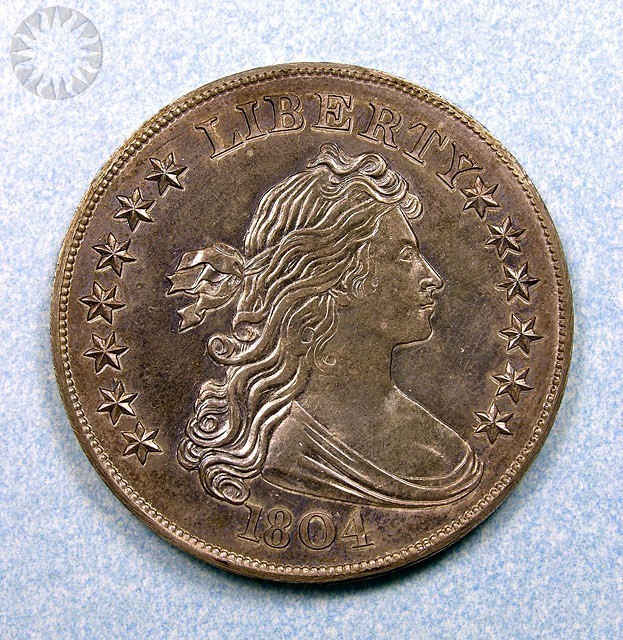
6. One Million Canadian Gold Dollars, 2007
In 2007, the Royal Canadian Mint produced the world’s first million dollar coin. The coin was to promote the new Royal Canadian Gold Maple Leaf coin line. The coin is made of 100 kg of 99.999% pure Troy gold and is 50 cm in diameter and 3 cm thick. This coin was sold at public auction in 2010 in Vienna for just over $4 million.
7. Turin Twenty Francs, 1932
This modern coin, composed of 68% silver, is one of the rarest in France. A total of twenty Turin twenty-franc coins were minted as a trial run in 1932. Two of them were sealed in the foundation stone of the church of Pont-Arcy and the Aix-les-Bains thermal baths. Another one was appraised in 1991 by an expert from the Monnaie de Paris, Alain Weil. However, the numismatist should be careful, because many twenty franc Turin coins in circulation are not real. If the ten and twenty francs were considered small coins at the time, they have become rare and expensive French coins.
Did you like this classification? Discover even more exceptional coins in our store.
Sources:
Catawiki
Abacor
Joaillerie David
Un monde de fous
